PAUL GAUGUIN(1848-1903)

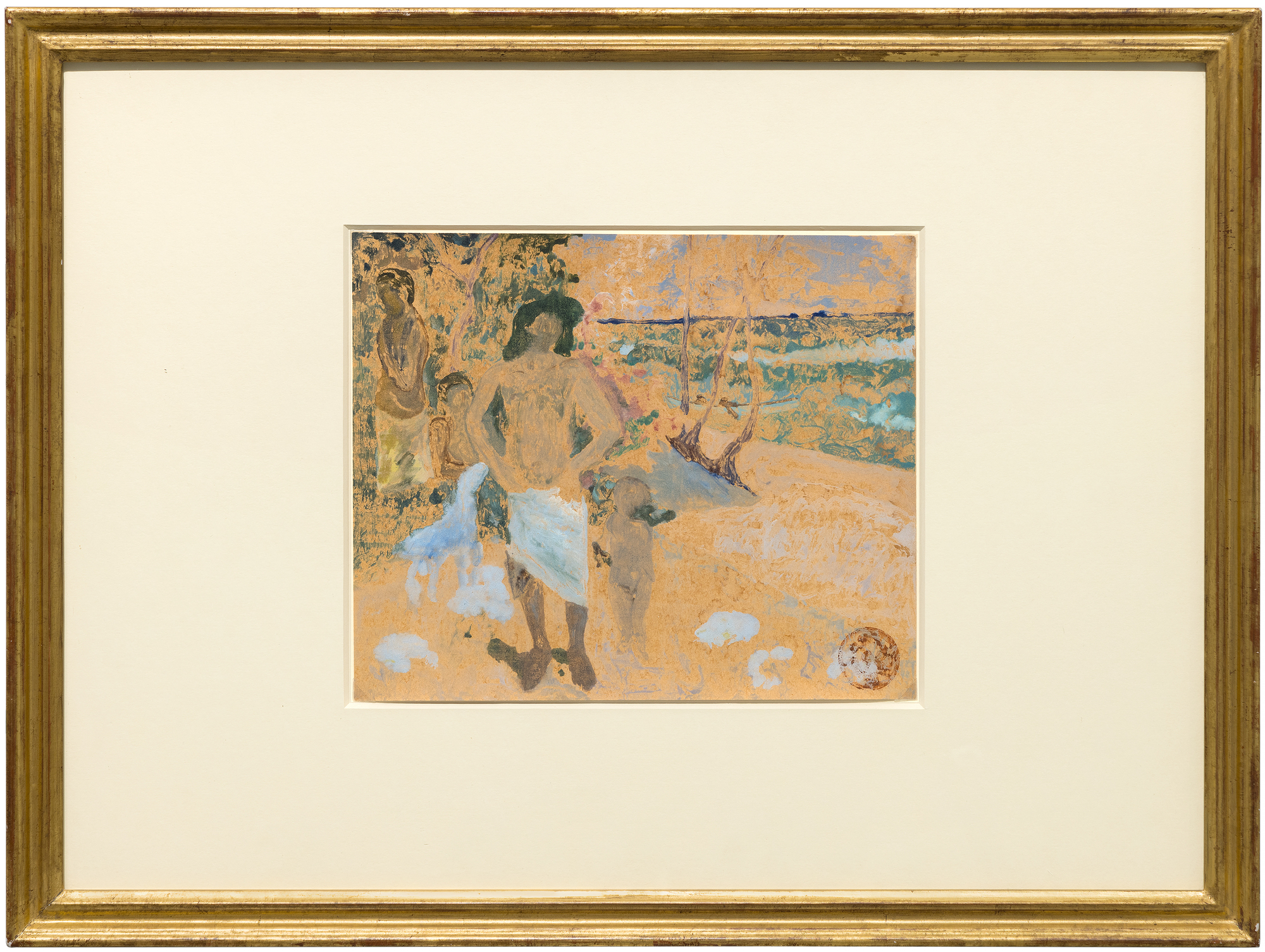
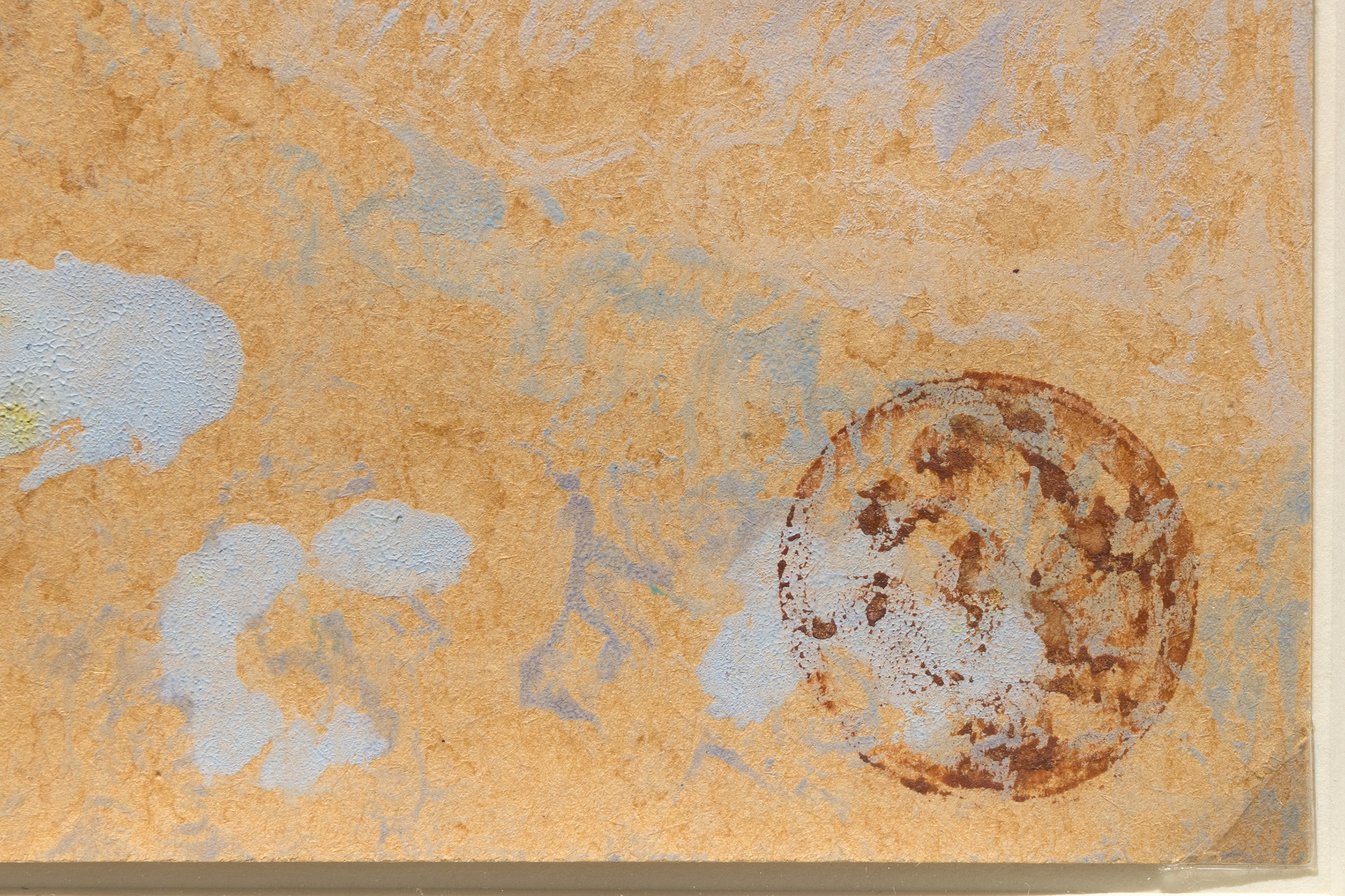

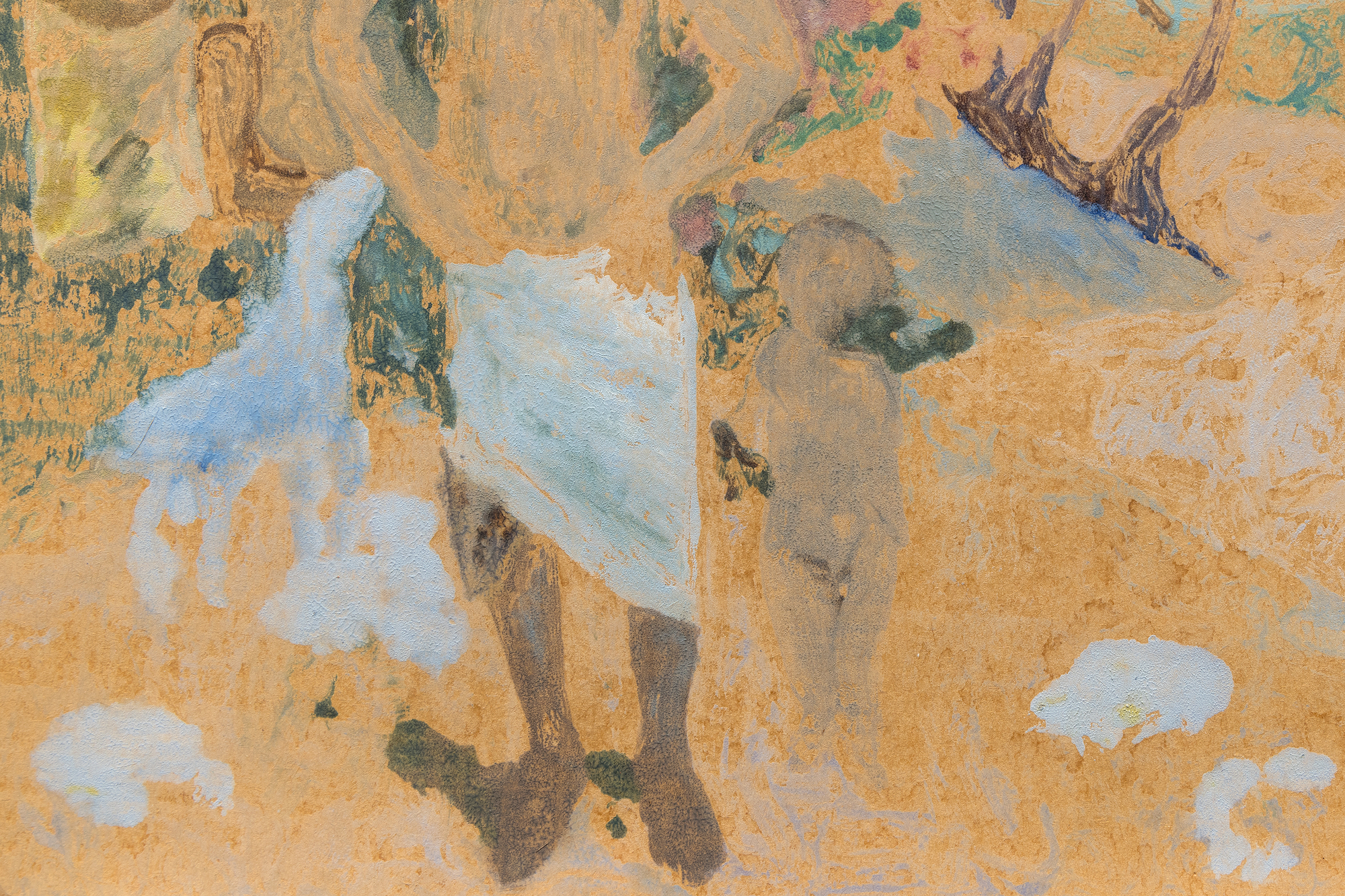
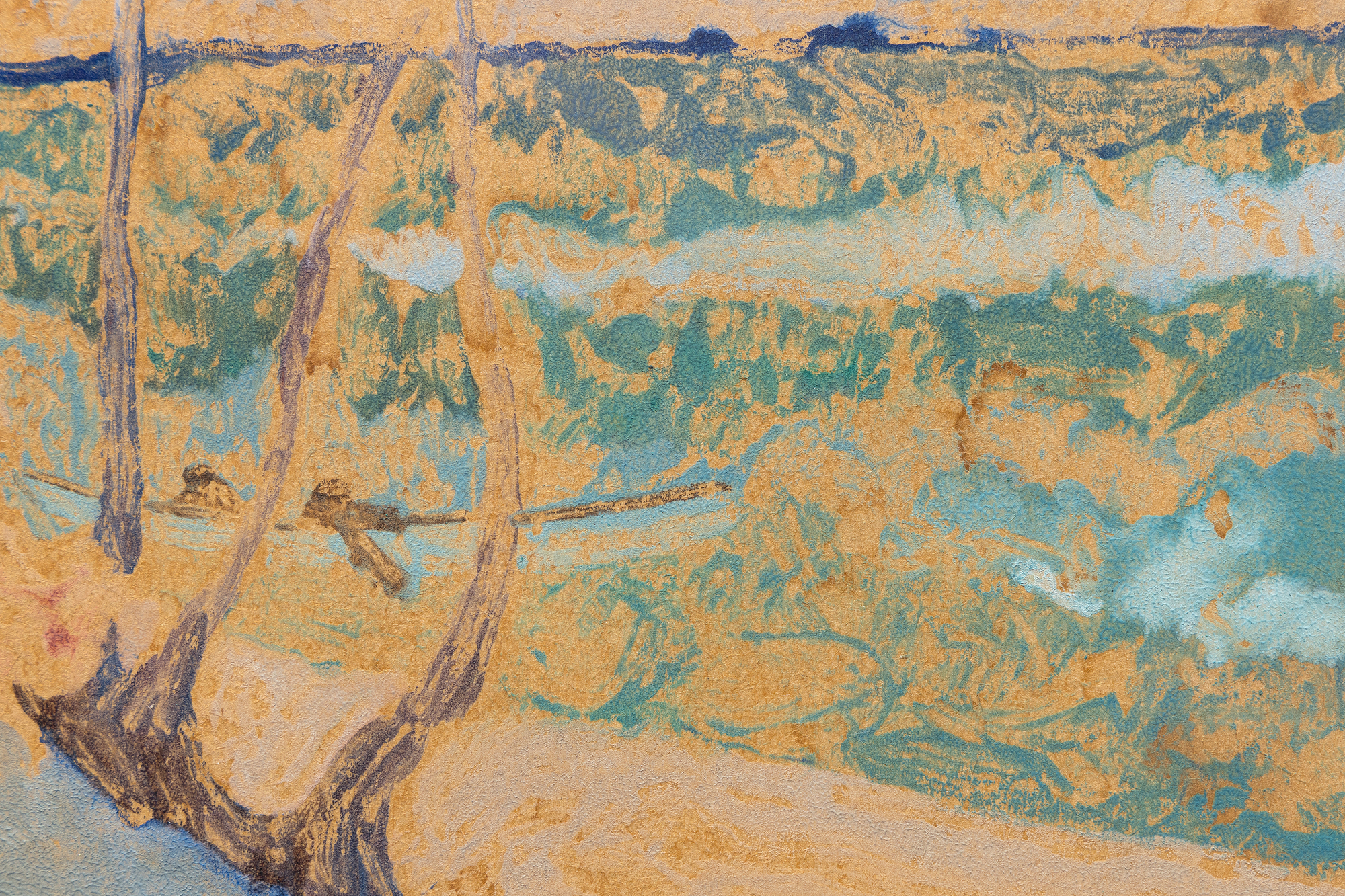
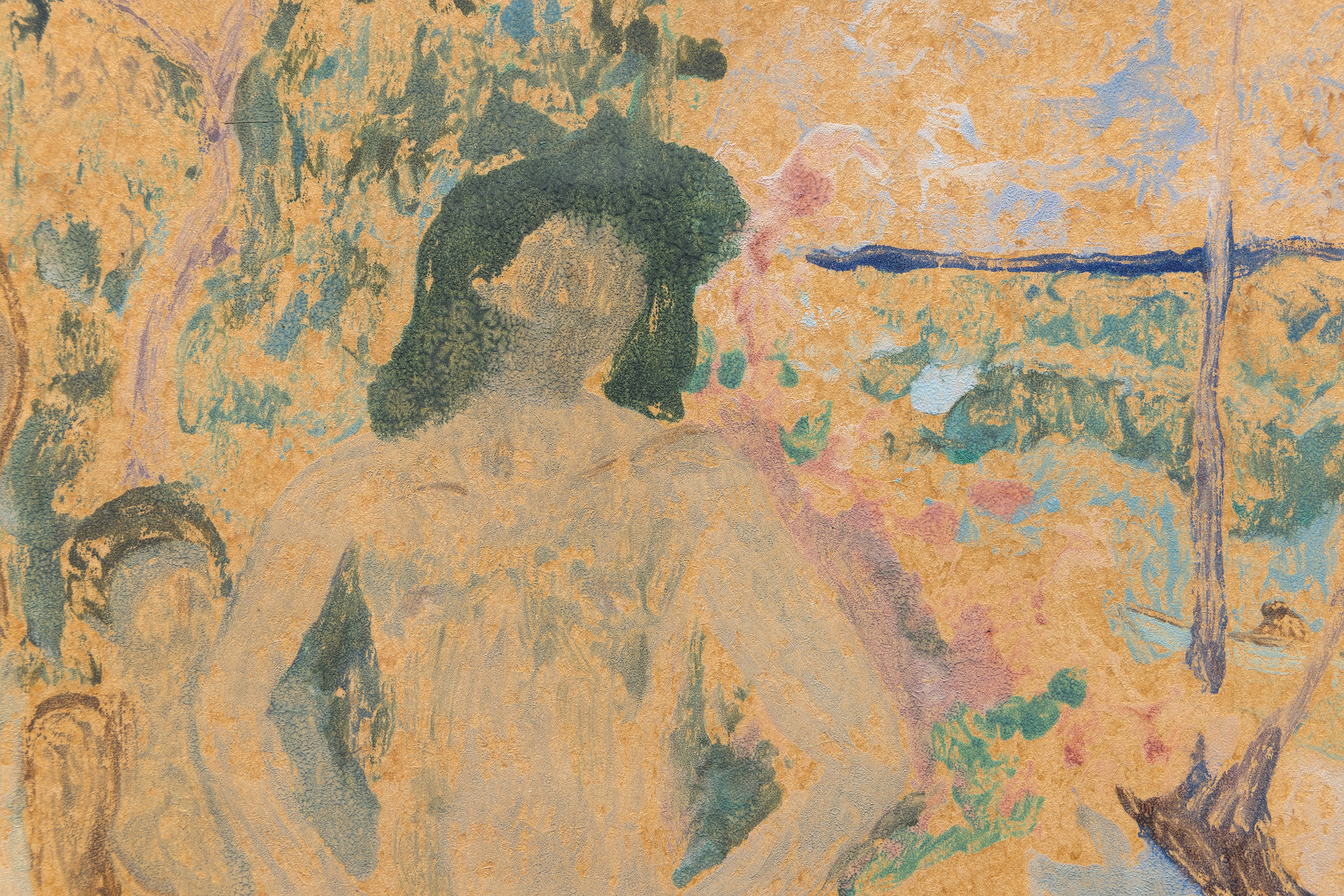
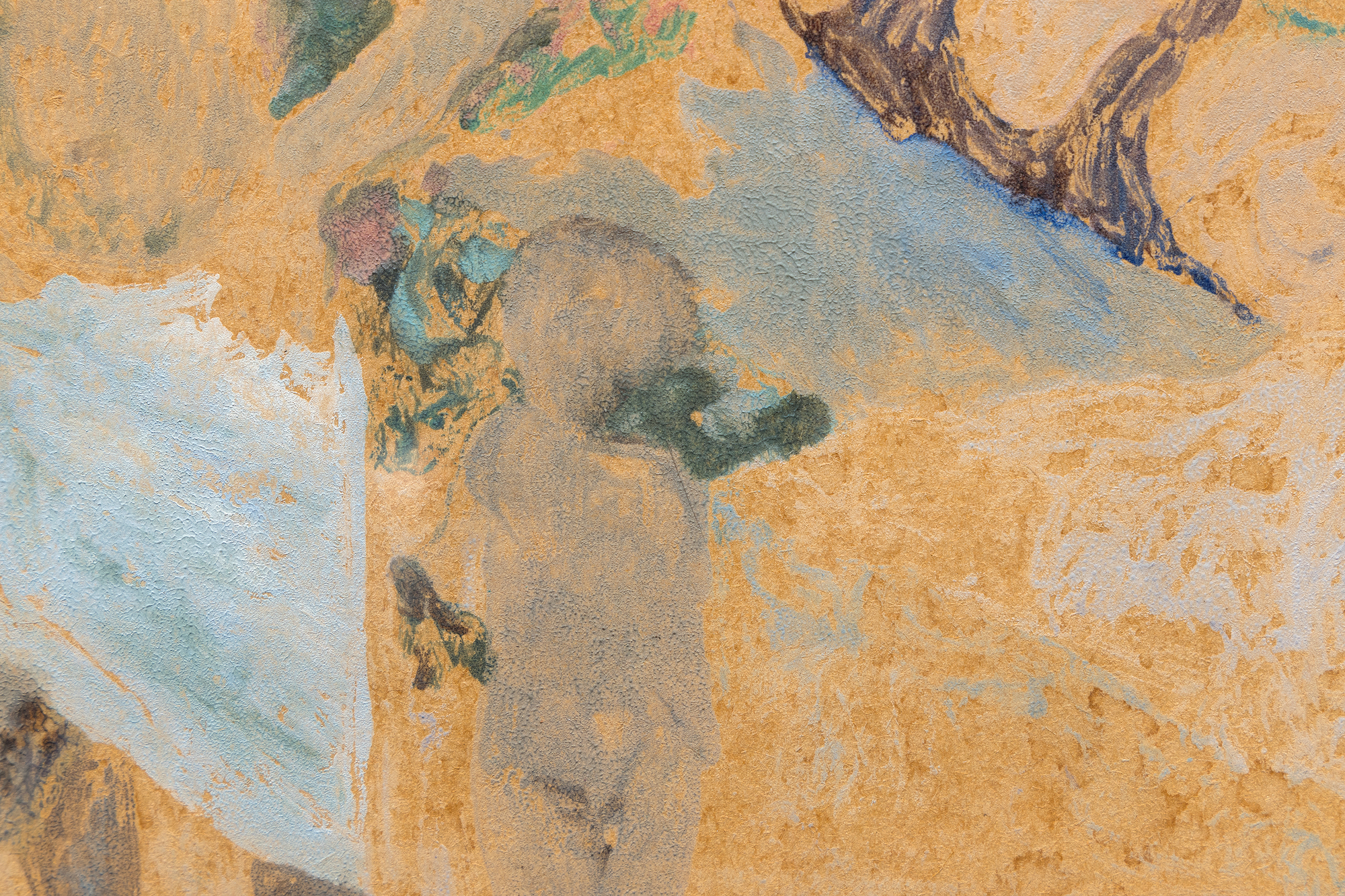
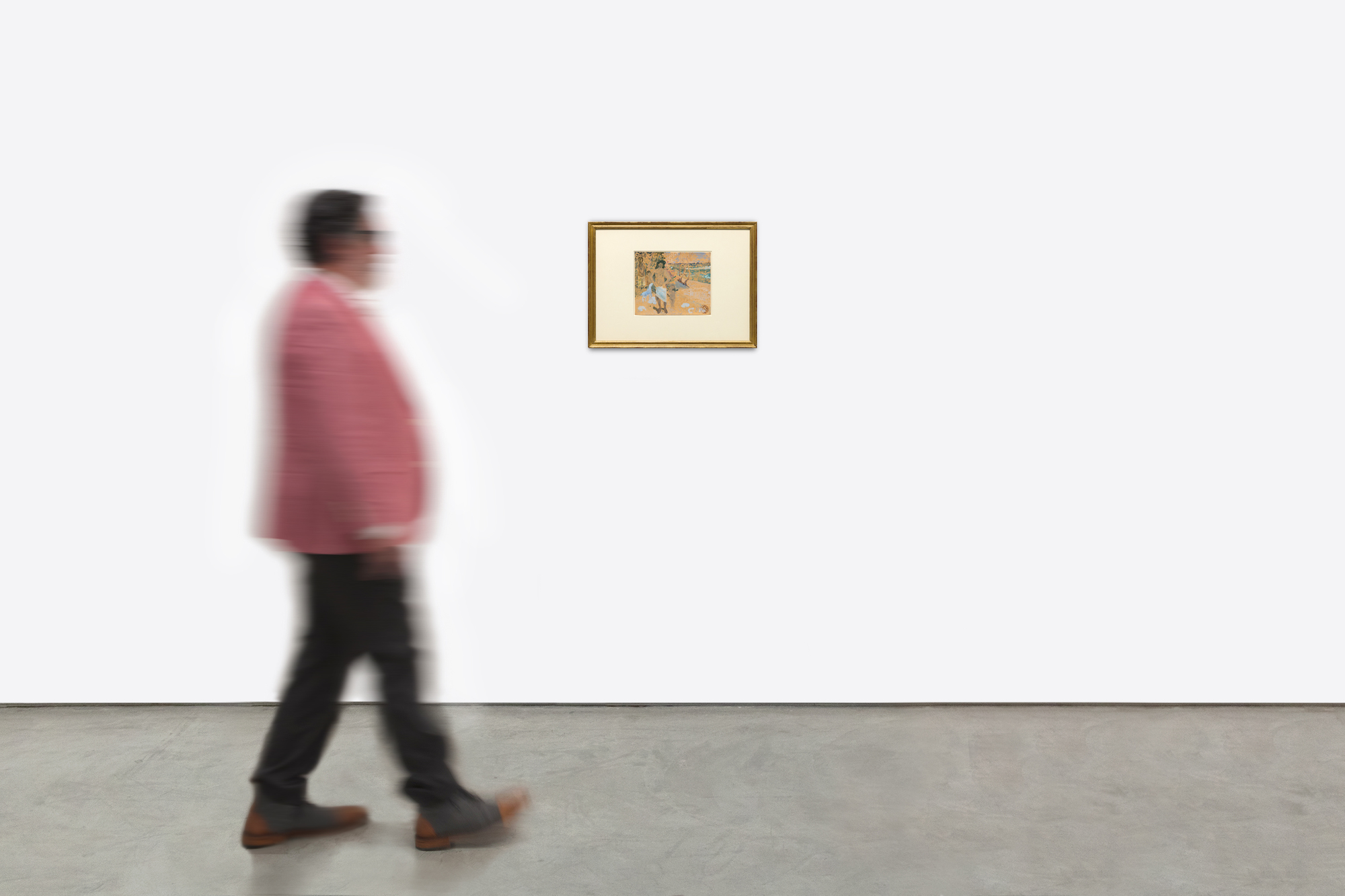

Provenance
Collection privée, LondresChristie's Londres, 16 septembre 2015, lot 18
Collection privée, acquis ci-dessus
Littérature
Richard S. Field, Paul Gauguin : Monotypes, Philadelphia Museum of Art, Philadelphie, 1973 (non enregistré ; voir n° 99 pour une œuvre apparentée)Richard Brettell, The Art of Paul Gauguin, National Gallery of Art, Washington/ Art Institute of Chicago, 1988, pp. 480-487 (non repris ; voir nos. 272 & 273 pour des oeuvres apparentées)
Ruth Pielkovo (trad.), The Letters of Paul Gauguin to Georges Daniel de Monfreid, New York, 1922, p. ...Plus.....161
...MOINS.....
150,000
La "Baigneuse" appartient à la série des "monotypes tracés" de Gauguin (1899-1903), une technique selon laquelle l'artiste dessine ou appuie sur le dos d'un papier placé sur une surface encrée ou peinte, ce qui donne une seule impression inversée. Ce procédé introduit des textures subtiles et un sentiment d'immédiateté, tout en permettant à Gauguin d'explorer l'interaction des formes positives et négatives. À la fin de l'année 1902, l'artiste a commencé à calquer les dessins des versos de ces monotypes sur la direction de ses peintures, ce qui entraîne une inversion délibérée des thèmes. L'orientation inversée de ce monotype, par exemple, est associée à la peinture "Famille tahitienne" (W.618, collection Stephen A. Cohen, alias "A Walk by the Sea"), et elle illustre cette pratique, soulevant des questions intrigantes sur la séquence de création.
L'orientation inversée offre un argument convaincant pour comprendre le monotype comme une expérience concomitante plutôt que comme une étude préparatoire. Plutôt que de servir de plan préliminaire, le monotype est un outil d'expérimentation dynamique qui permet à Gauguin d'analyser et de tester à nouveau les idées de composition, les harmonies de couleurs et les relations spatiales en temps réel. L'acte de transférer l'image introduit un élément d'imprévisibilité - les textures s'adoucissent, les couleurs deviennent plus fluides et les formes linéaires acquièrent des qualités picturales. Cette spontanéité permet à Gauguin de sortir des contraintes de la peinture à l'huile et lui offre une vision nouvelle de l'évolution des éléments de la composition. Grâce à ce processus itératif, le monotype aurait permis d'apporter des ajustements à la "Famille tahitienne", enrichissant l'éclat, la profondeur et l'équilibre de la composition du tableau. L'interaction entre les deux médiums souligne l'approche novatrice de Gauguin, qui traite le monotype non pas comme un exercice secondaire mais comme une partie intégrante de sa vision artistique.
Bien que le monotype n'ait pas le raffinement poli de la peinture, son immédiateté brute et sa sensibilité formelle révèlent la fascination de Gauguin pour l'expérimentation et la spontanéité. Loin d'être une étude préparatoire, "Baigneuses" a probablement permis à Gauguin de déconstruire et de réimaginer "Famille tahitienne" au fur et à mesure de son travail. Cette interaction créative souligne la quête artistique plus large de Gauguin au cours de ses dernières années : distiller l'essence de la vie et de la nature dans des formes qui combinent l'immédiateté avec une résonance intemporelle.


